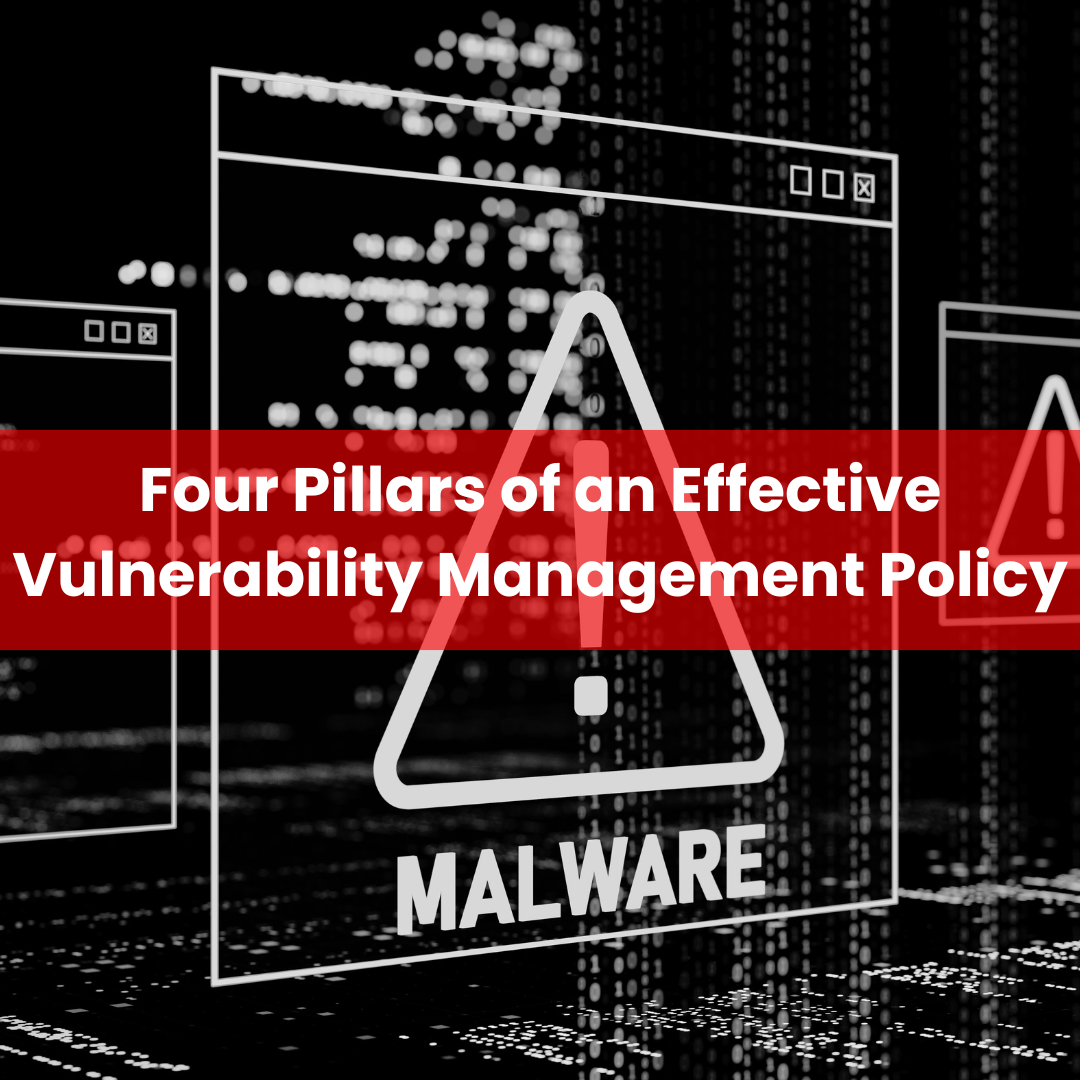In today's digital age, where cyber threats are increasingly sophisticated, having a robust vulnerability management policy is crucial. Effective vulnerability management ensures that organizations can identify, assess, and remediate vulnerabilities in their systems, thereby safeguarding sensitive data and maintaining operational integrity. Here, we delve into the four essential pillars of an effective vulnerability management policy, emphasizing the critical role of vulnerability management tools.
1. Comprehensive Asset Inventory
A solid vulnerability management policy begins with a comprehensive asset inventory. This involves identifying all assets within the organization, including hardware, software, and network components. Knowing what assets you have is fundamental to understanding where potential vulnerabilities may lie.
Using advanced vulnerability management tools, organizations can automate the discovery process, ensuring no asset is overlooked. These tools can continuously scan the network, providing real-time updates on new devices or software changes. A detailed asset inventory allows for better prioritization and more effective vulnerability management, ensuring that critical systems receive the attention they need.
2. Regular Vulnerability Scanning
Regular vulnerability scanning is the second pillar of an effective policy. Continuous scanning helps identify security weaknesses before they can be exploited by malicious actors. Scanning should cover all assets identified in the inventory, including both internal and external systems.
Modern vulnerability management tools are equipped with advanced scanning capabilities that can detect a wide range of vulnerabilities. These tools can perform automated scans at scheduled intervals, reducing the manual workload on IT teams and ensuring timely detection of vulnerabilities. Regular scanning, combined with comprehensive reporting, provides valuable insights into the security posture of the organization and highlights areas that require immediate attention.
3. Prioritization and Risk Assessment
Not all vulnerabilities pose the same level of risk to an organization. The third pillar focuses on prioritizing vulnerabilities based on their severity and potential impact. This process involves assessing the risks associated with each vulnerability, considering factors such as the likelihood of exploitation, the criticality of the affected asset, and the potential damage.
Vulnerability management tools play a crucial role in this pillar by providing risk scores for identified vulnerabilities. These scores help organizations prioritize remediation efforts, focusing first on vulnerabilities that pose the highest risk. Effective prioritization ensures that resources are allocated efficiently, addressing the most critical threats promptly and reducing the overall risk to the organization.
4. Effective Remediation and Mitigation
The final pillar of a robust vulnerability management policy is effective remediation and mitigation. Once vulnerabilities are identified and prioritized, organizations must act swiftly to remediate them. This may involve applying patches, updating software, reconfiguring systems, or implementing compensating controls.
Vulnerability management tools often include features that facilitate remediation efforts. These tools can provide detailed remediation guidance, track the status of remediation activities, and generate reports to ensure that vulnerabilities are addressed in a timely manner. Additionally, tools that integrate with patch management systems can automate the deployment of patches, further streamlining the remediation process.
Conclusion
In conclusion, a robust vulnerability management policy is built on four key pillars: comprehensive asset inventory, regular vulnerability scanning, prioritization and risk assessment, and effective remediation and mitigation. Leveraging advanced vulnerability management tools is essential to effectively implement these pillars, as these tools provide the automation, insights, and efficiency needed to protect against ever-evolving cyber threats. By focusing on these core elements, organizations can enhance their security posture, minimize risks, and ensure the integrity of their systems and data.
Investing in reliable vulnerability management tools not only strengthens your defense against cyber threats but also ensures that your vulnerability management policy is proactive, efficient, and comprehensive.

